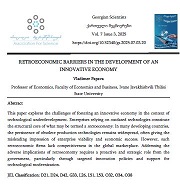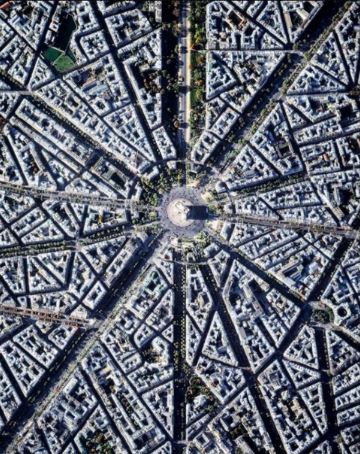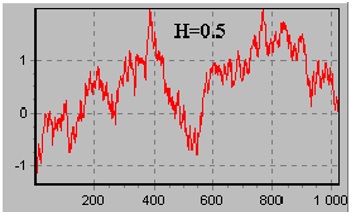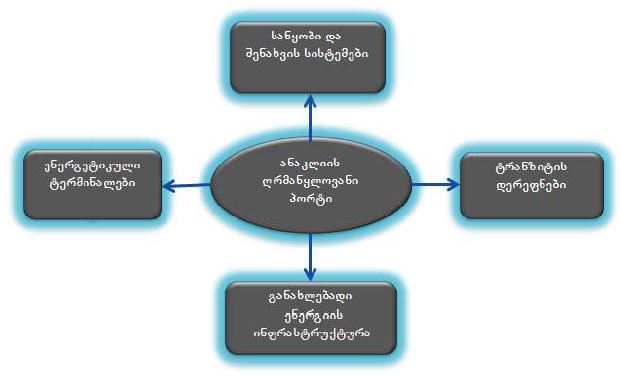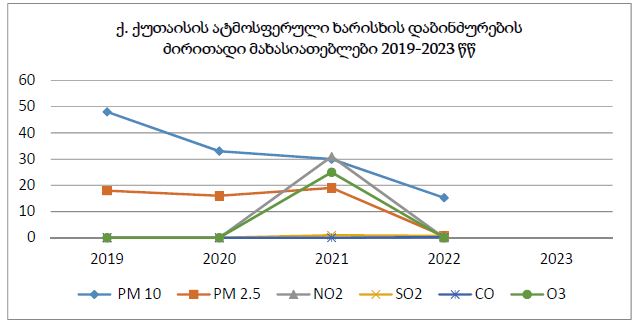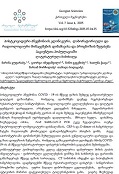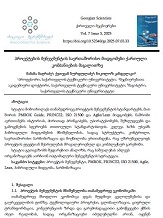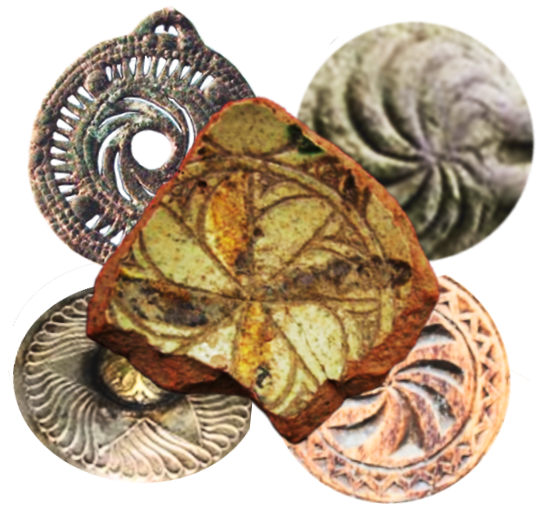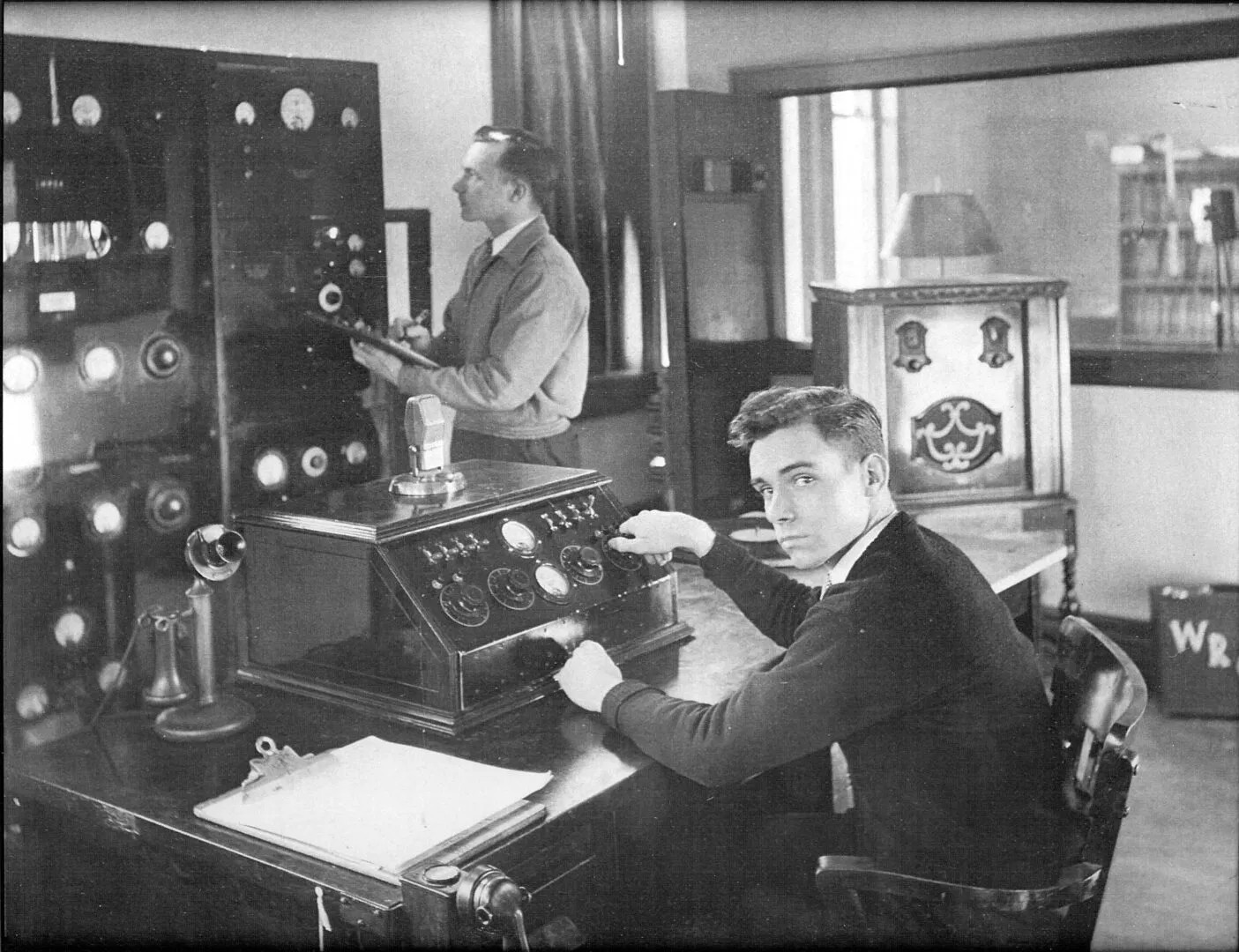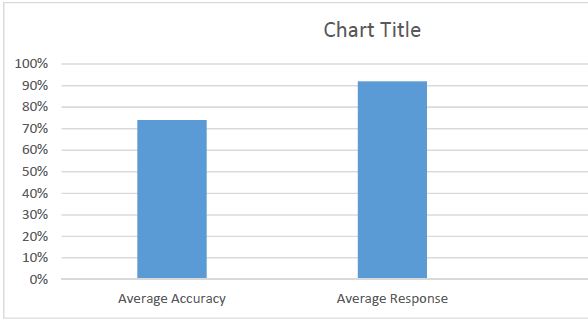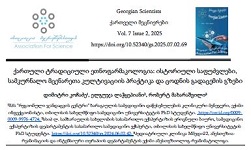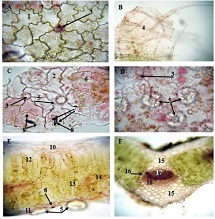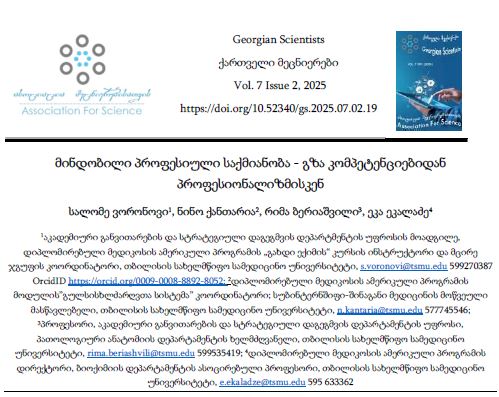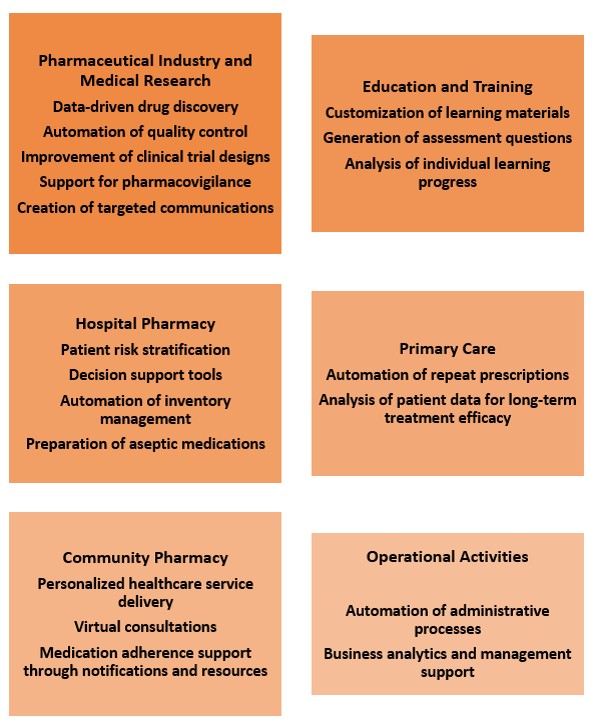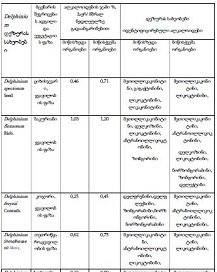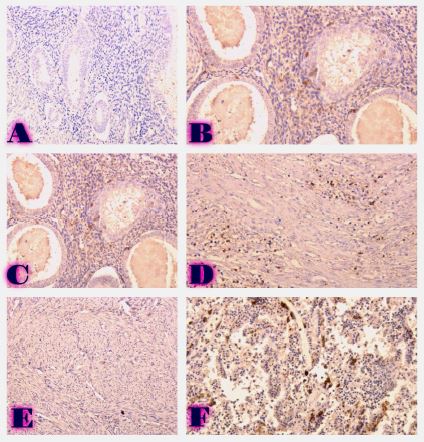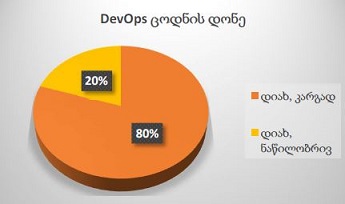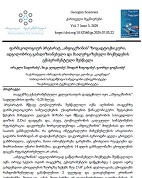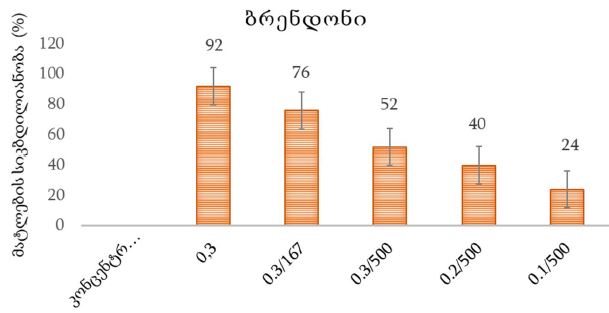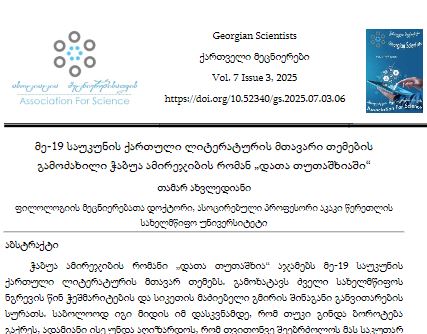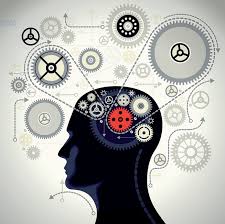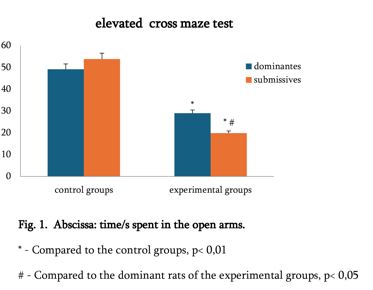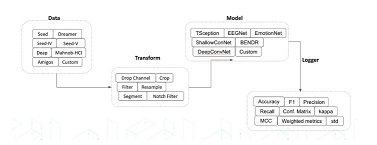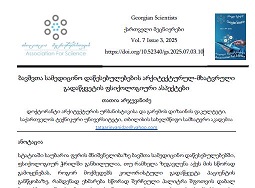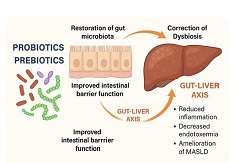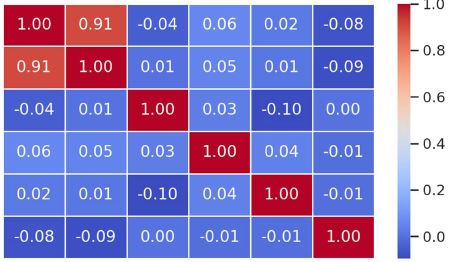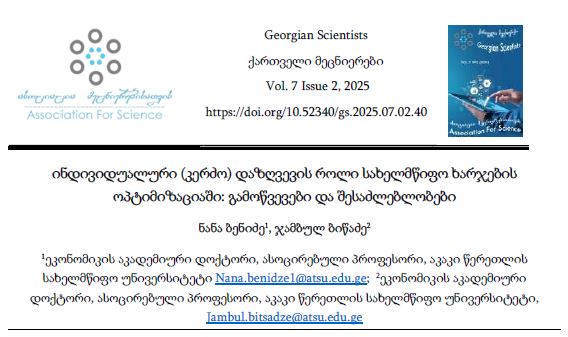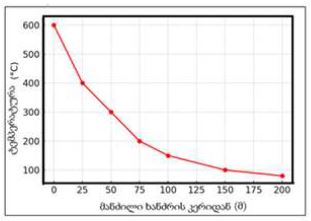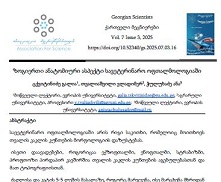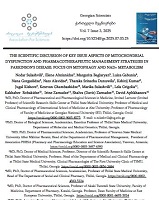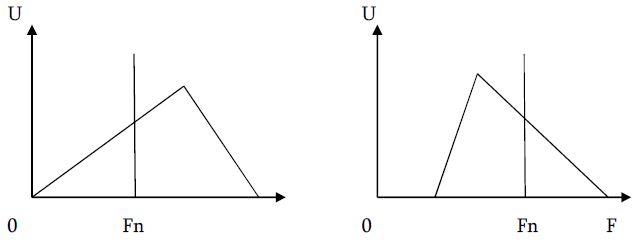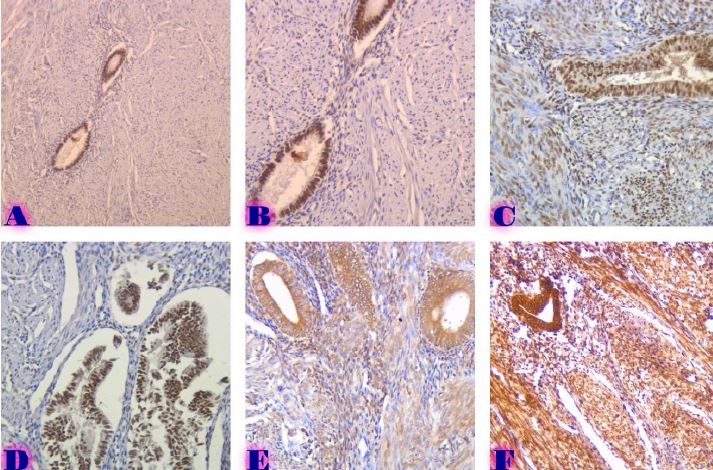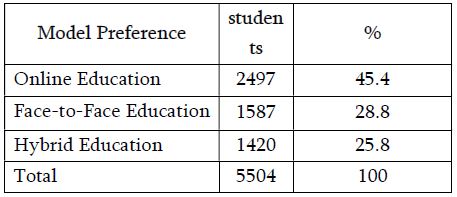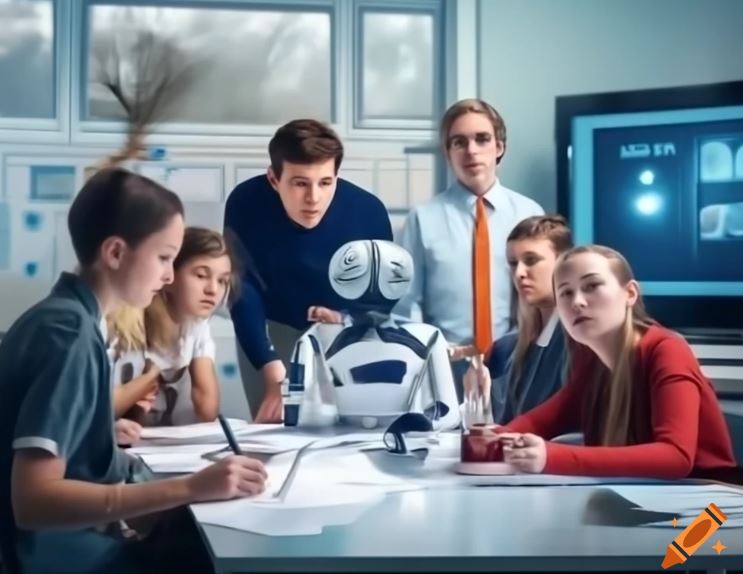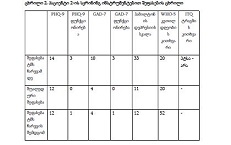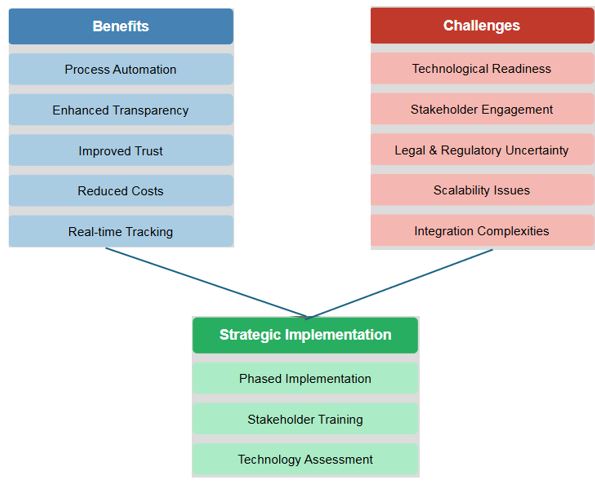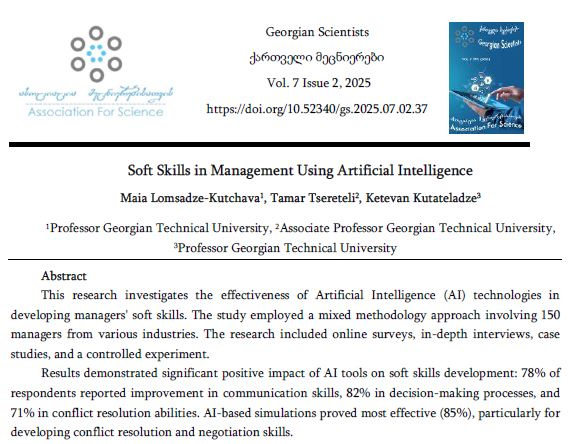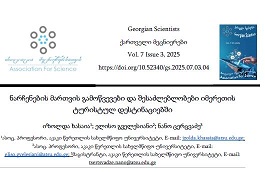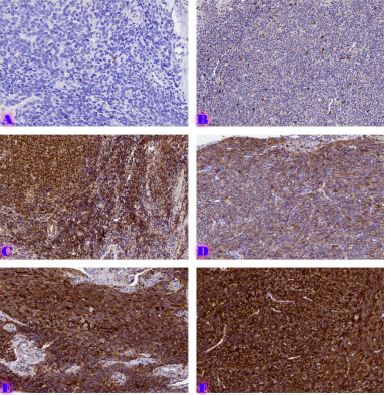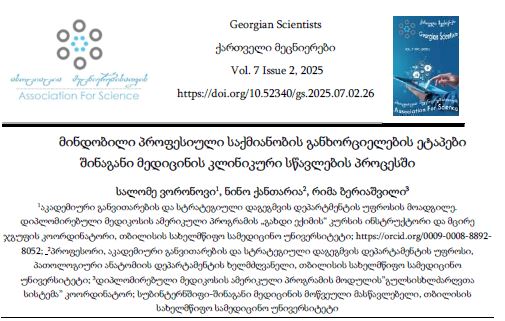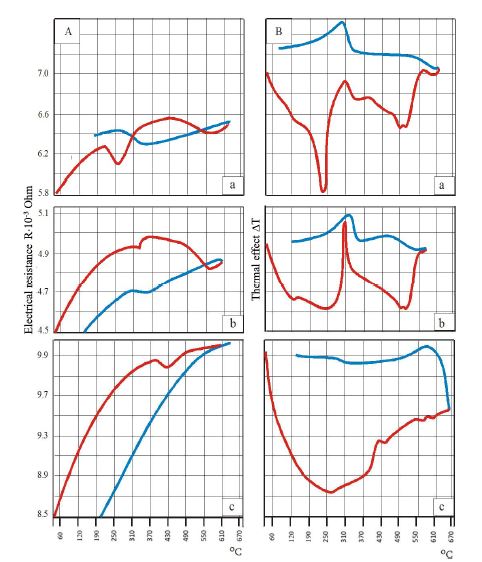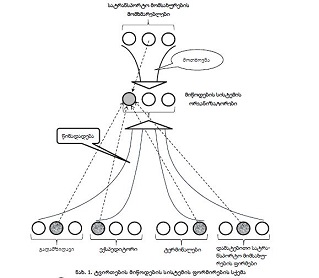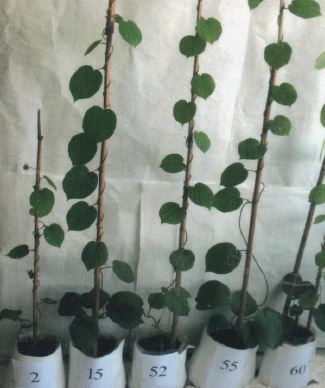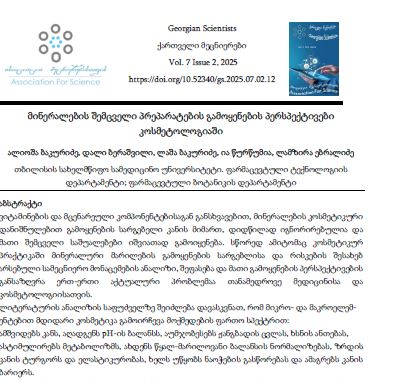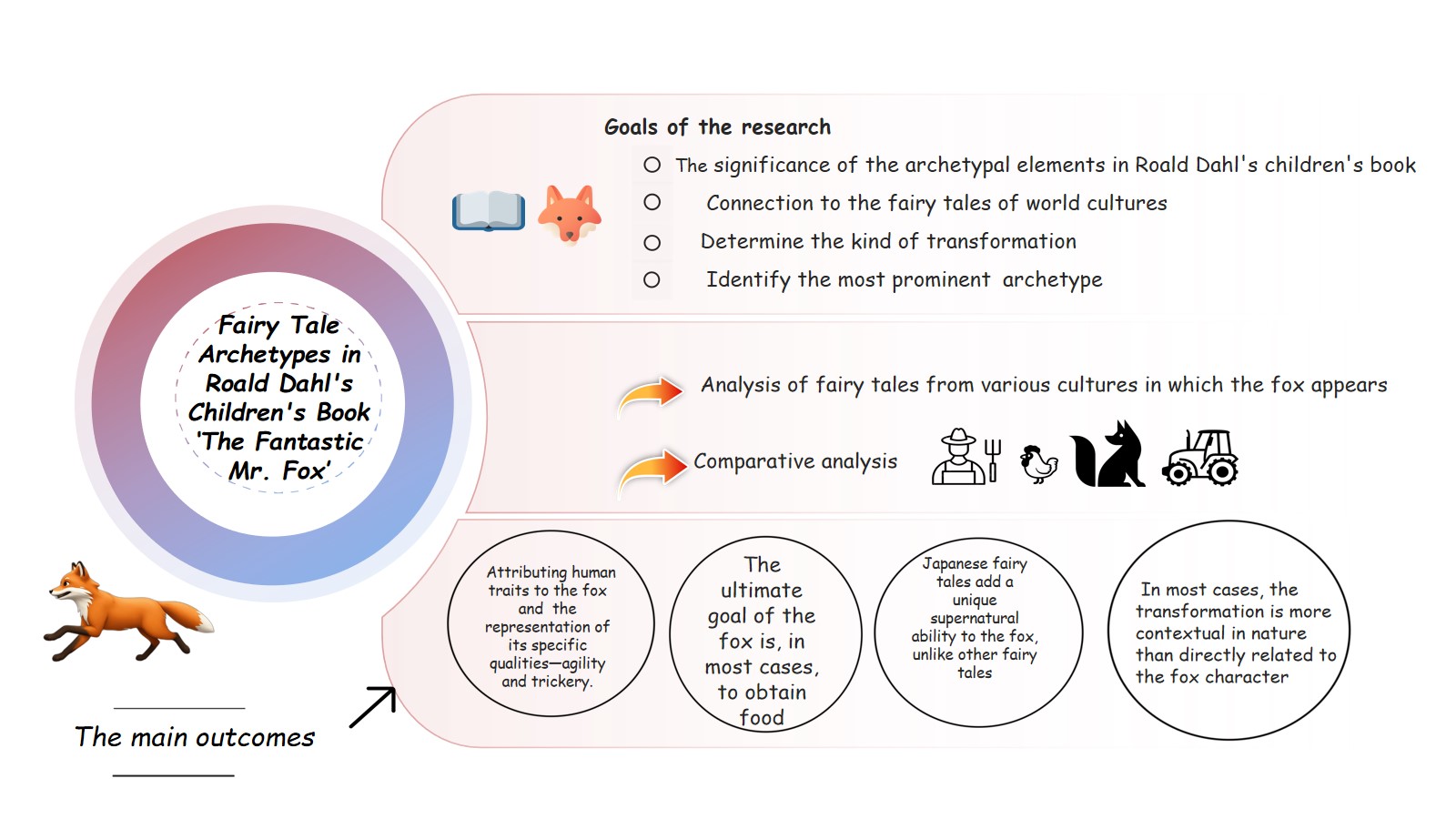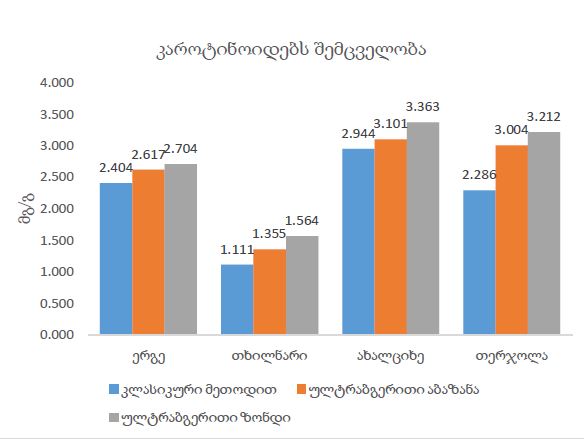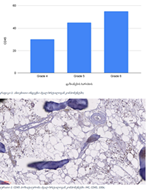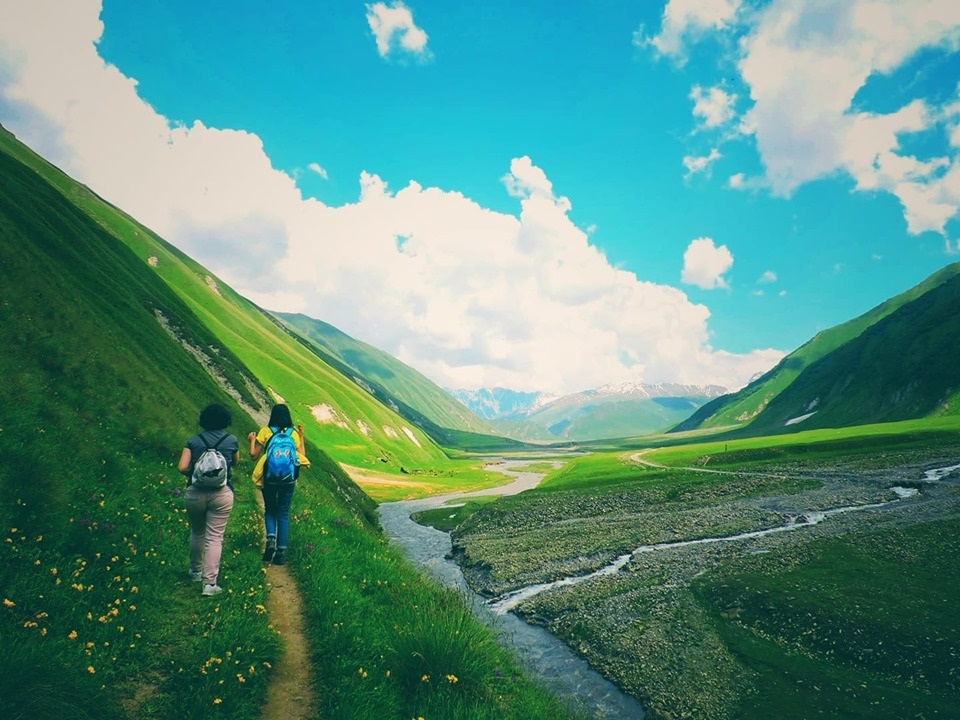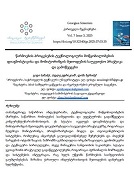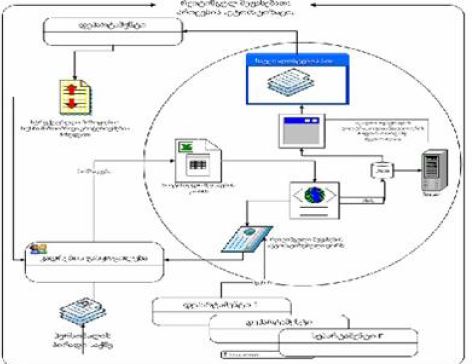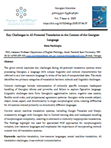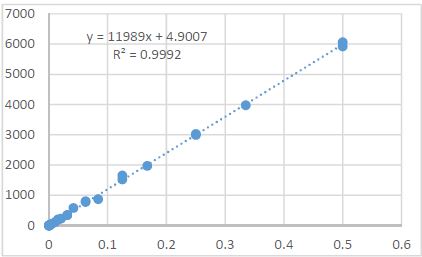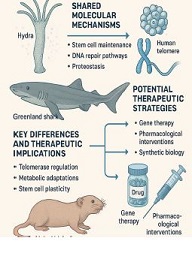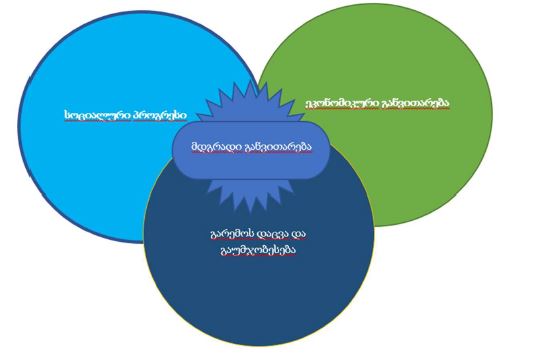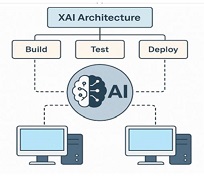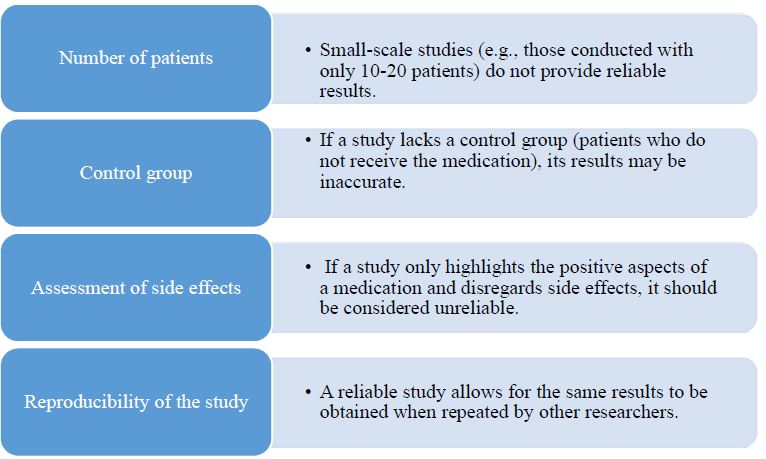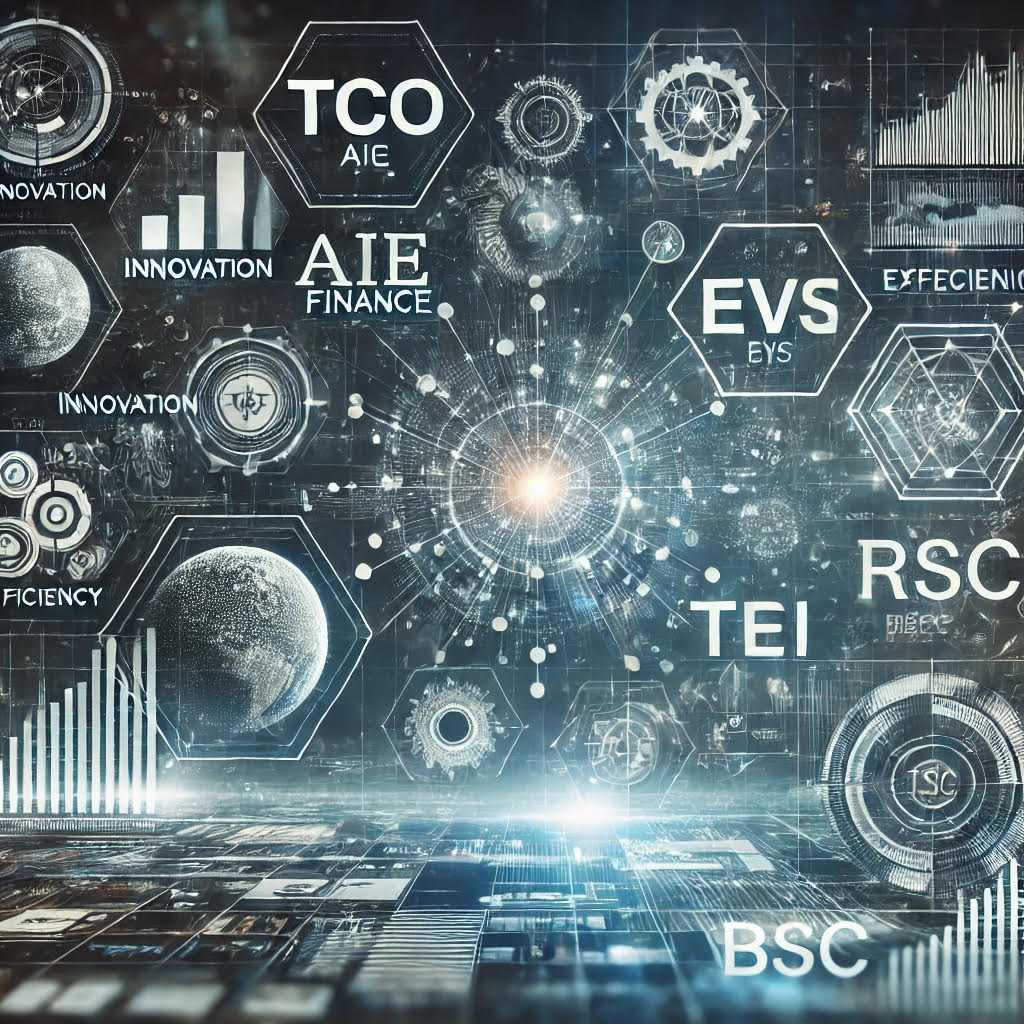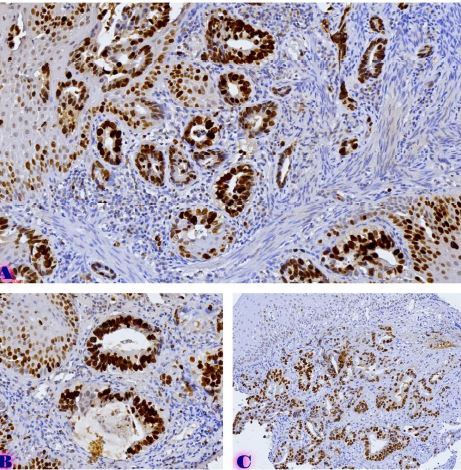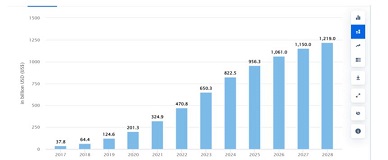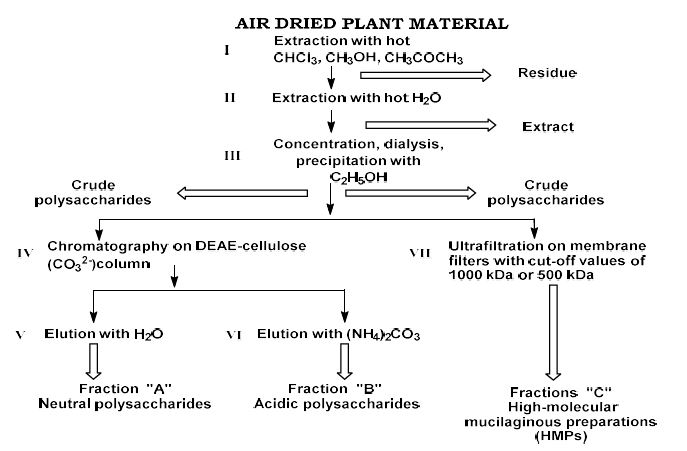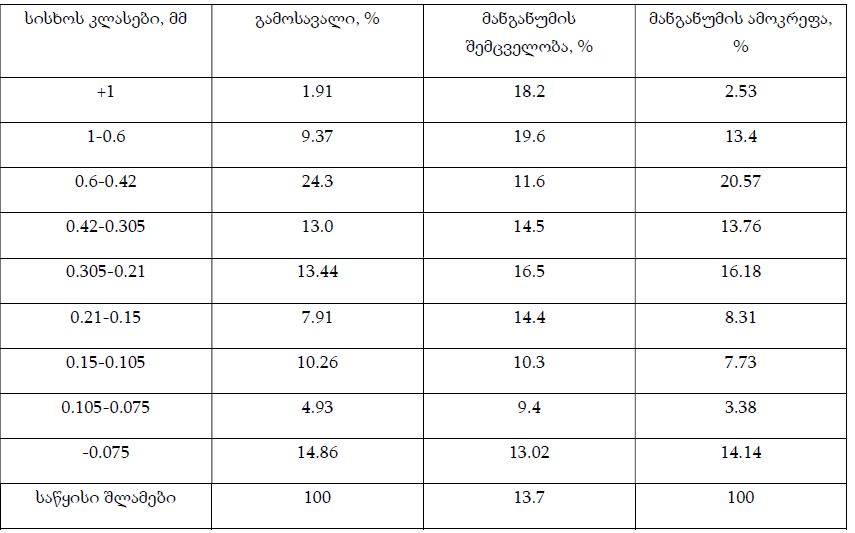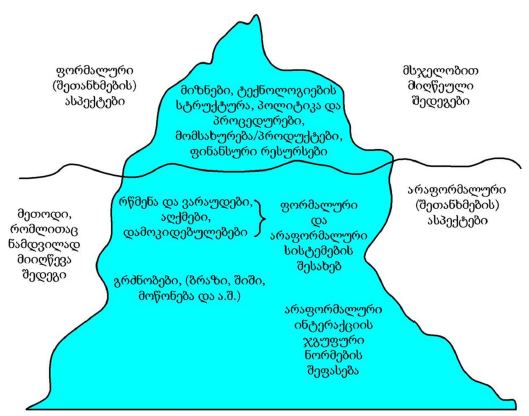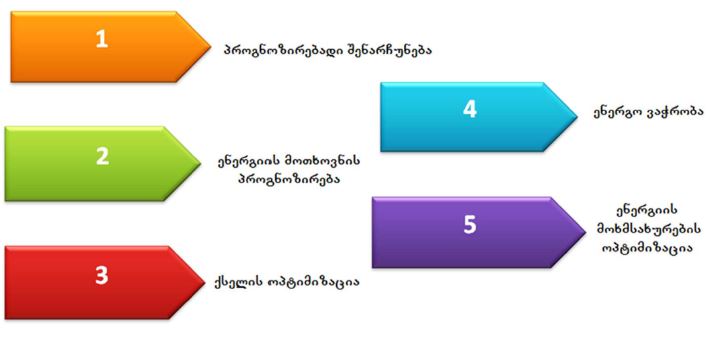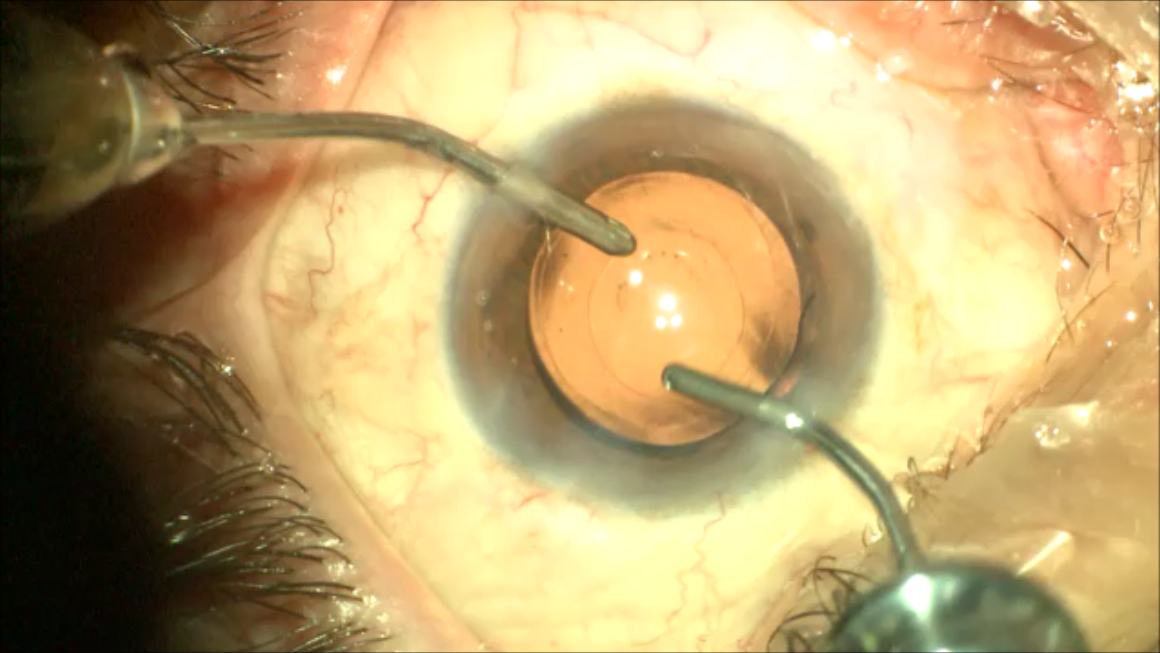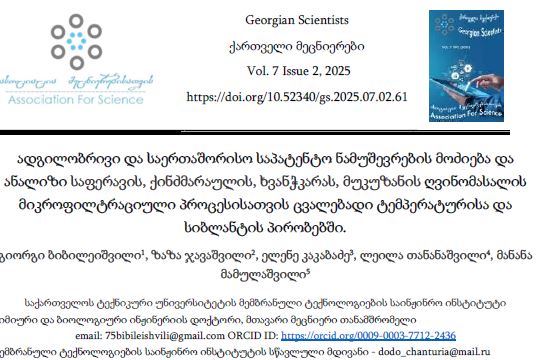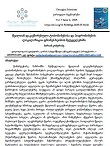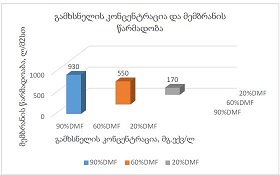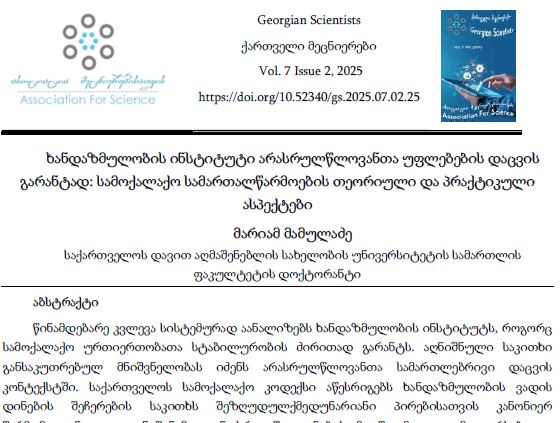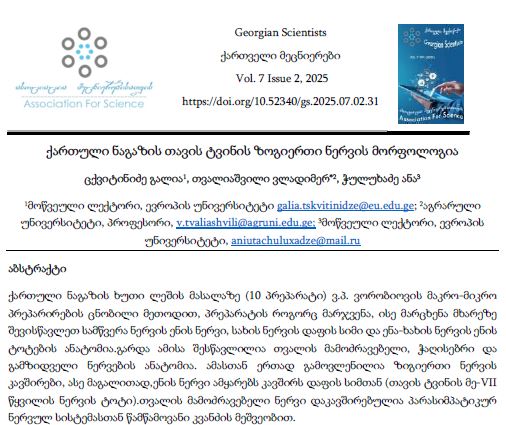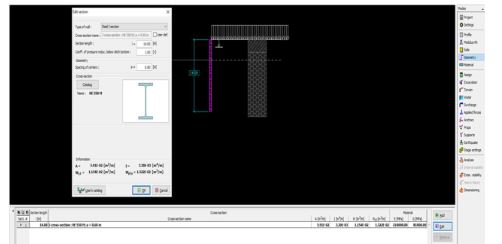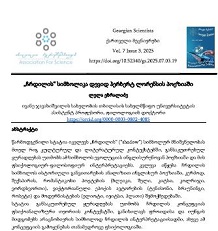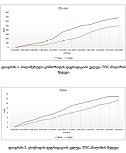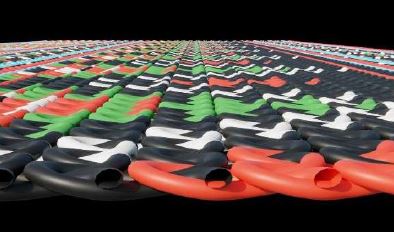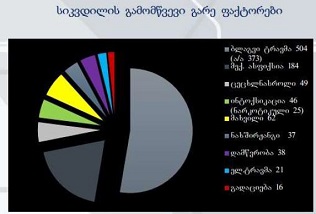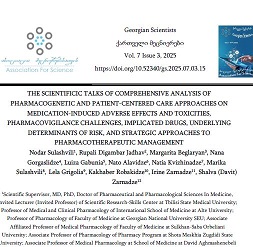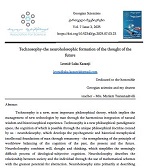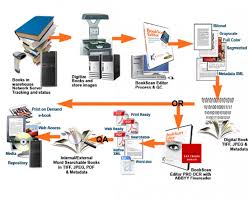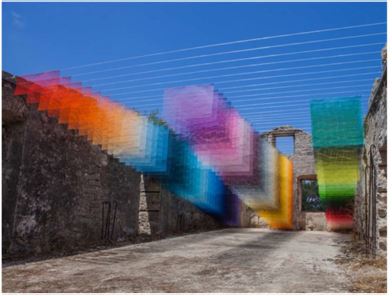UAVs and AI for Very High Resolution Map Creation and Automatic Object Detection
Downloads
Automation of object detection and extraction from VHR aerial imagery for high definition mapping is significant challenge for various remote sensing and photogrammetry applications. This study investigates the use of Unmanned Aerial Vehicles (UAVs) and Deep Learning models to enhance the traditional, manual methods and increase accuracy and efficiency of spatial data acquisition and processing. The dji Mavic 3 UAV was used to capture high-resolution aerial images over a 128 hectare area in town Tsageri and village Chalistavi, located in the Racha-Lechkhumi and Lower Svaneti region, Georgia. One of the main objective of this research was to detect and extract building footprints from generated orthomosaics using deep learning techniques. The Mask Region-based Convolutional Neural Network (Mask R-CNN) was employed for this task. To further improve the model's performance, Digital Elevation Models were integrated with the orthomosaics, resulting in a four-channel raster that provided additional topographical context for more accurate building extraction. The findings indicate that the integration of Unmanned Aerial Vehicles and Deep Learning technics offers significant improvements in acquisition and processing efficiency of geospatial data. Namely, we were able to create VHR orthomosaics with spatial resolution of 3.2 cm using dji Mavic 3 UAV. Trained Mask R-CNN model showed 92% precision for building prediction in the study area. Methods and technics described in this paper have important implications for various applications, including land administration, infrastructure development and environmental management. Methodology used in present study provides a valuable framework for future researches and practical applications, especially in such developing and mountainous countries as Georgia, where high-resolution and accurate spatial data is often unavailable due to complex environmental conditions and economic factors.
Downloads
Audebert, N., Le Saux, B., & Lefevre, S. (2018). Beyond RGB: Very high resolution urban remote sensing with multimodal deep networks. ISPRS Journal of Photogrammetry and Remote Sensing, 140, 20-32. https://doi.org/https://doi.org/10.1016/j.isprsjprs.2017.11.011
Calantropio, A., Chiabrando, F., Codastefano, M., & Bourke, E. (2021). DEEP LEARNING FOR AUTOMATIC BUILDING DAMAGE ASSESSMENT: APPLICATION IN POST-DISASTER SCENARIOS USING UAV DATA. ISPRS Annals of the Photogrammetry, Remote Sensing and Spatial Information Sciences, v-1-2021, 113-120. https://doi.org/10.5194/isprs-annals-V-1-2021-113-2021
Colomina, I., & Molina, P. (2014). Unmanned Aerial Systems for Photogrammetry and Remote Sensing: A Review. ISPRS Journal of Photogrammetry and Remote Sensing, 92, 79-97. https://doi.org/https://doi.org/10.1016/j.isprsjprs.2014.02.013
Gribov, A. (2019). Optimal Compression of a Polyline While Aligning to Preferred Directions. International Conference on Document Analysis and Recognition Workshops (ICDARW), (pp. 98-102). Sydney, NSW, Australia. https://doi.org/10.1109/ICDARW.2019.00022
He, K., Gkioxari, G., Dollar, P., & Girshck, R. (2017). Mask R-CNN. IEEE International Conference on Computer Vision (ICCV), (pp. 2980-2988). Venice, Italy. https://doi.org/10.1109/ICCV.2017.322
Copyright (c) 2024 Georgian Scientists

This work is licensed under a Creative Commons Attribution-NonCommercial-NoDerivatives 4.0 International License.






